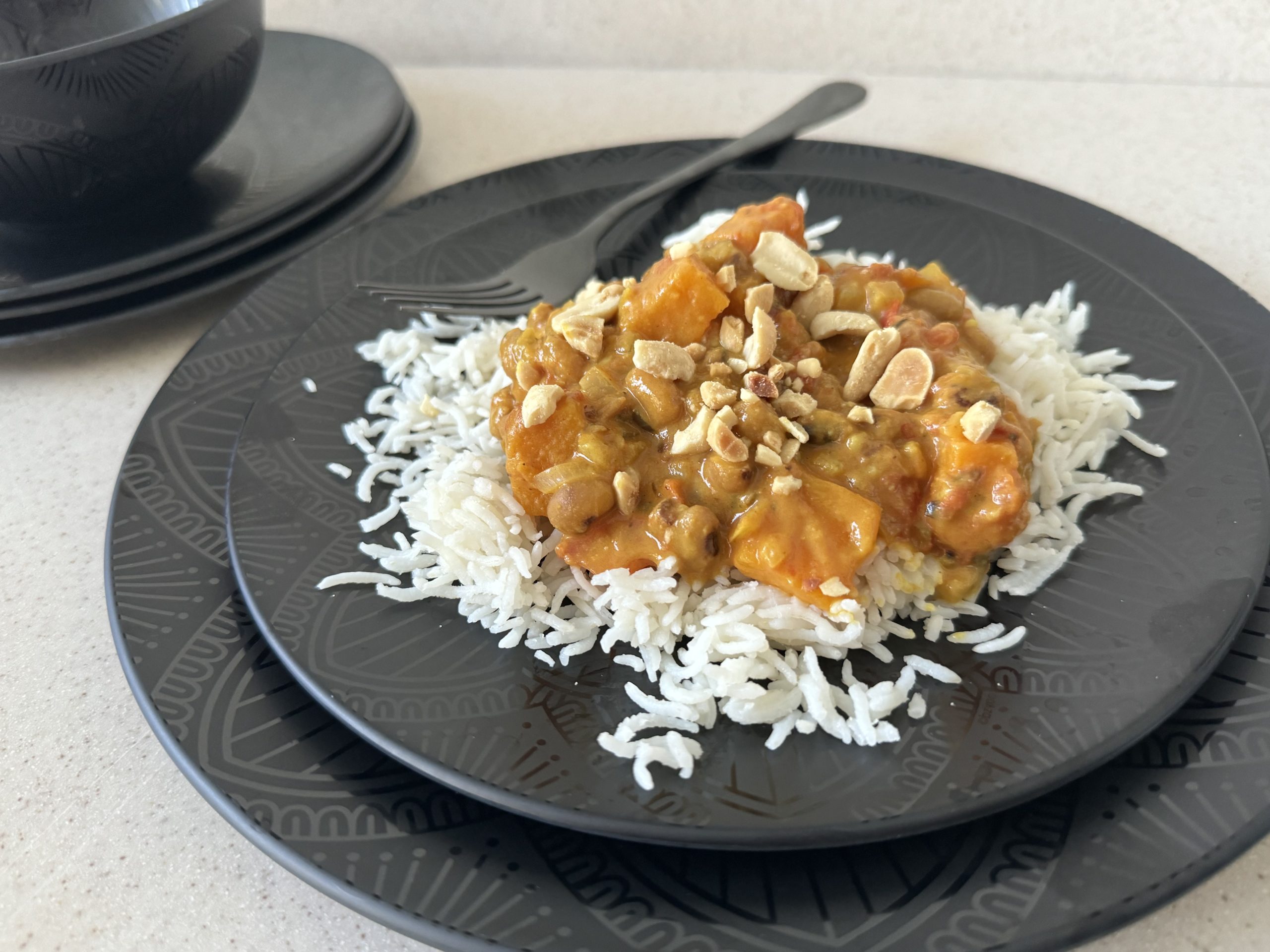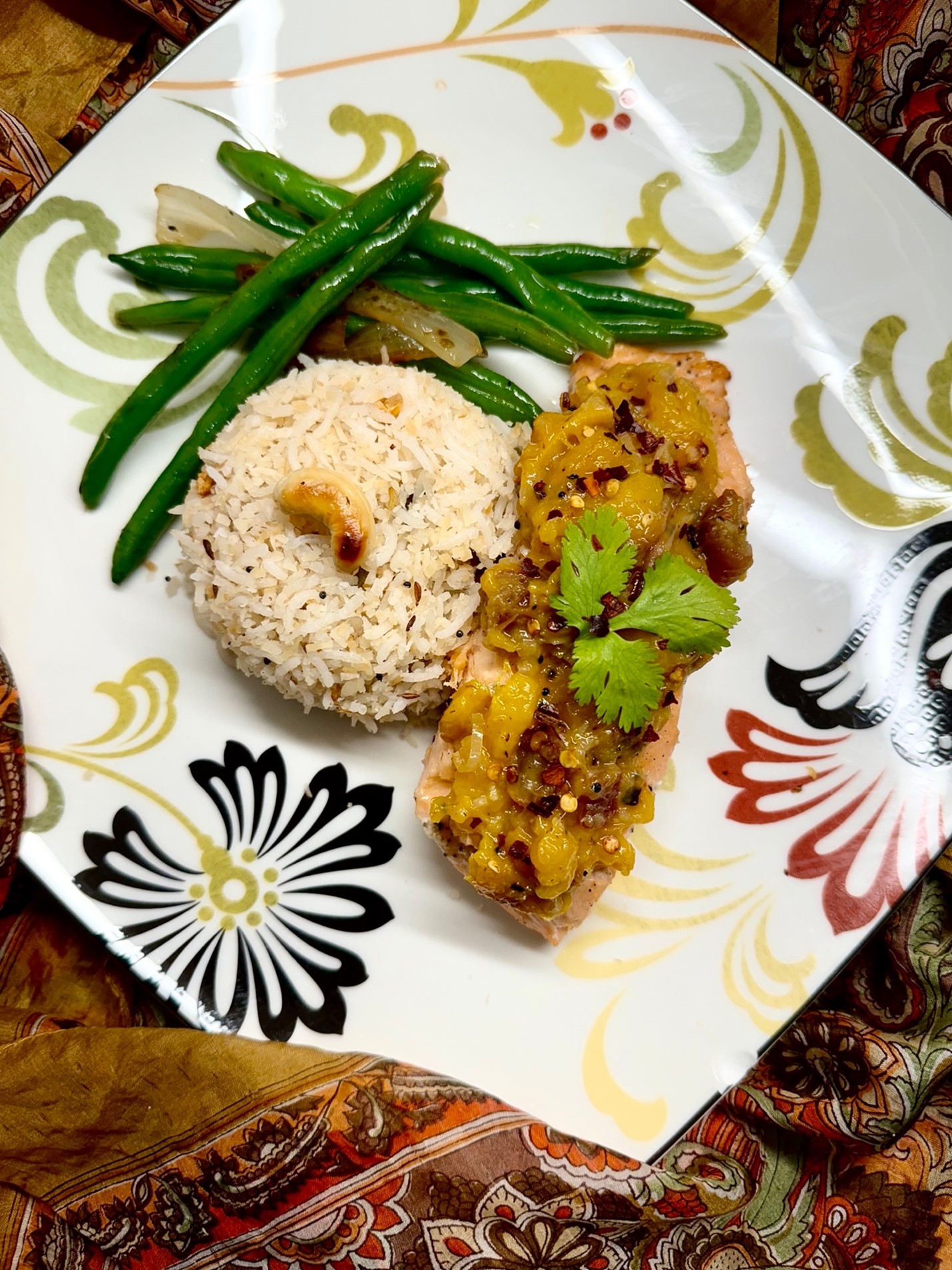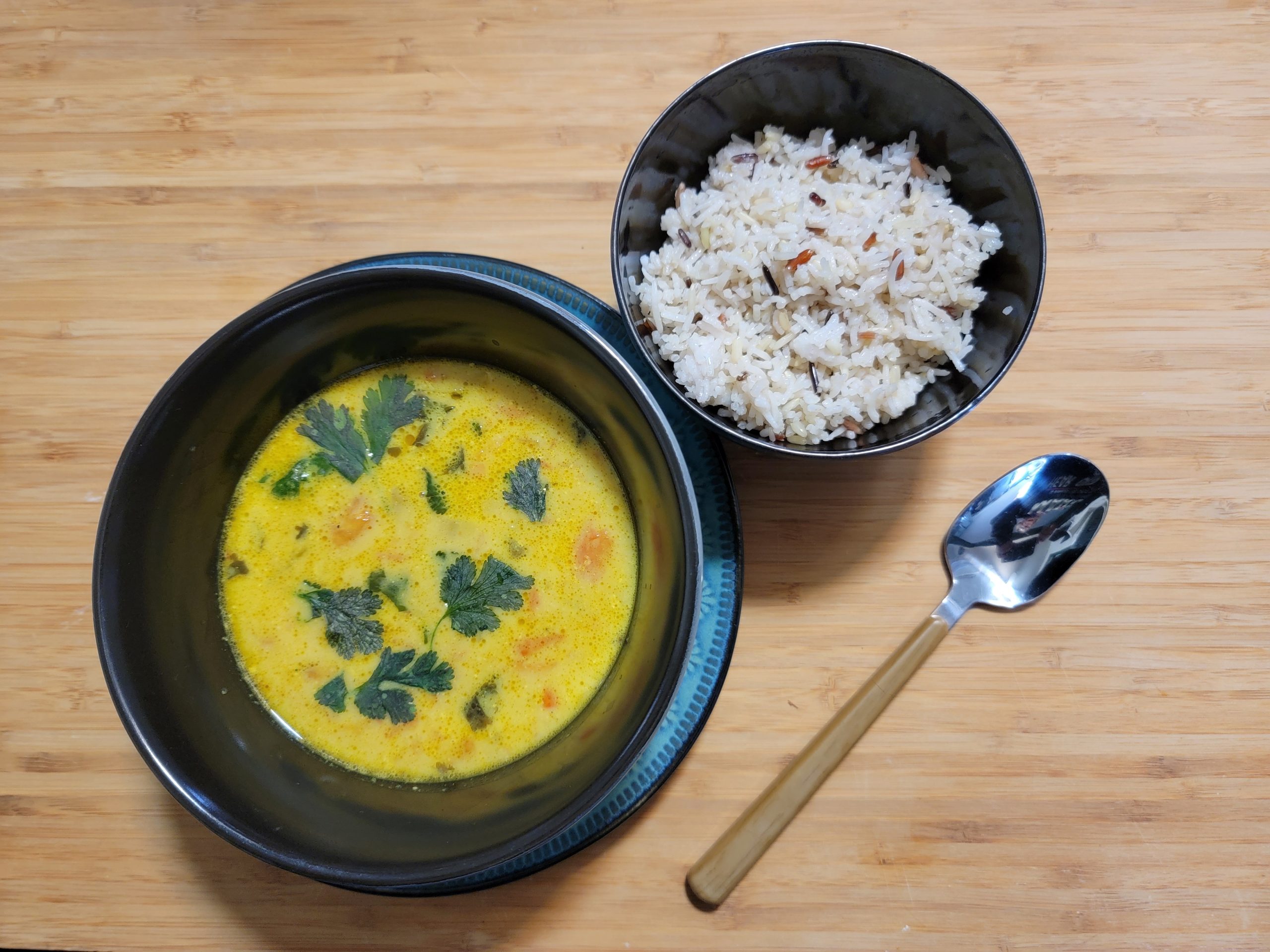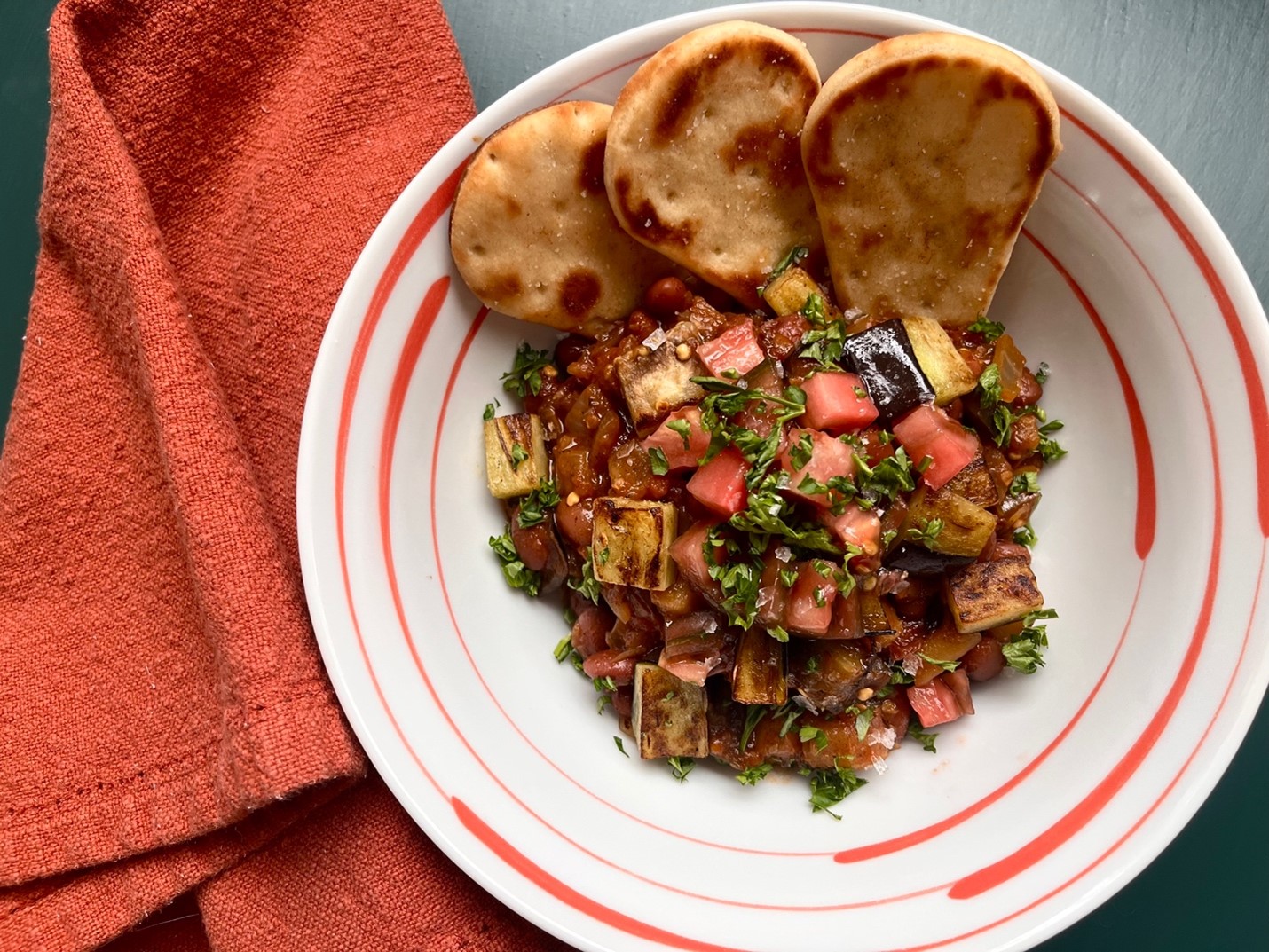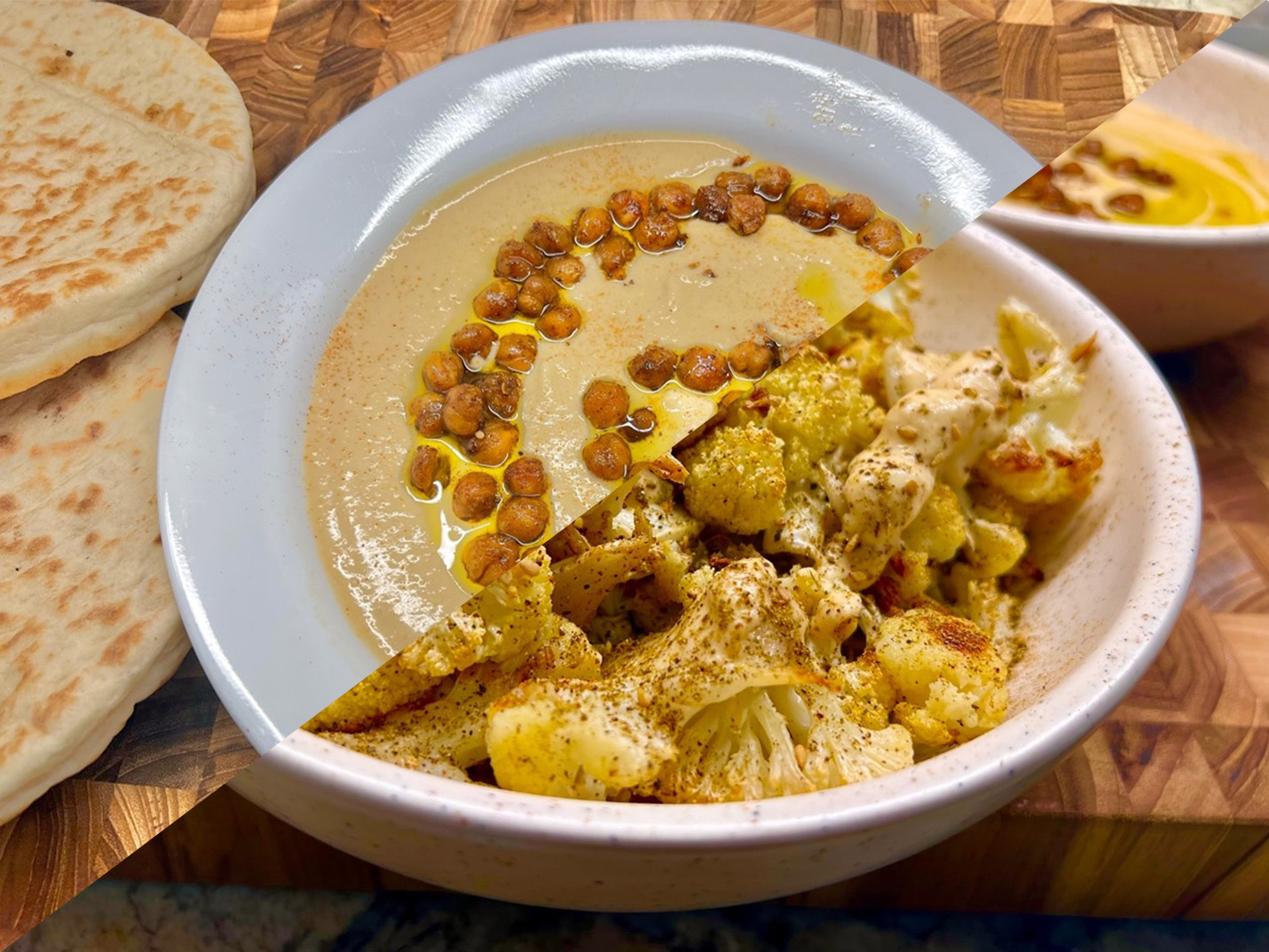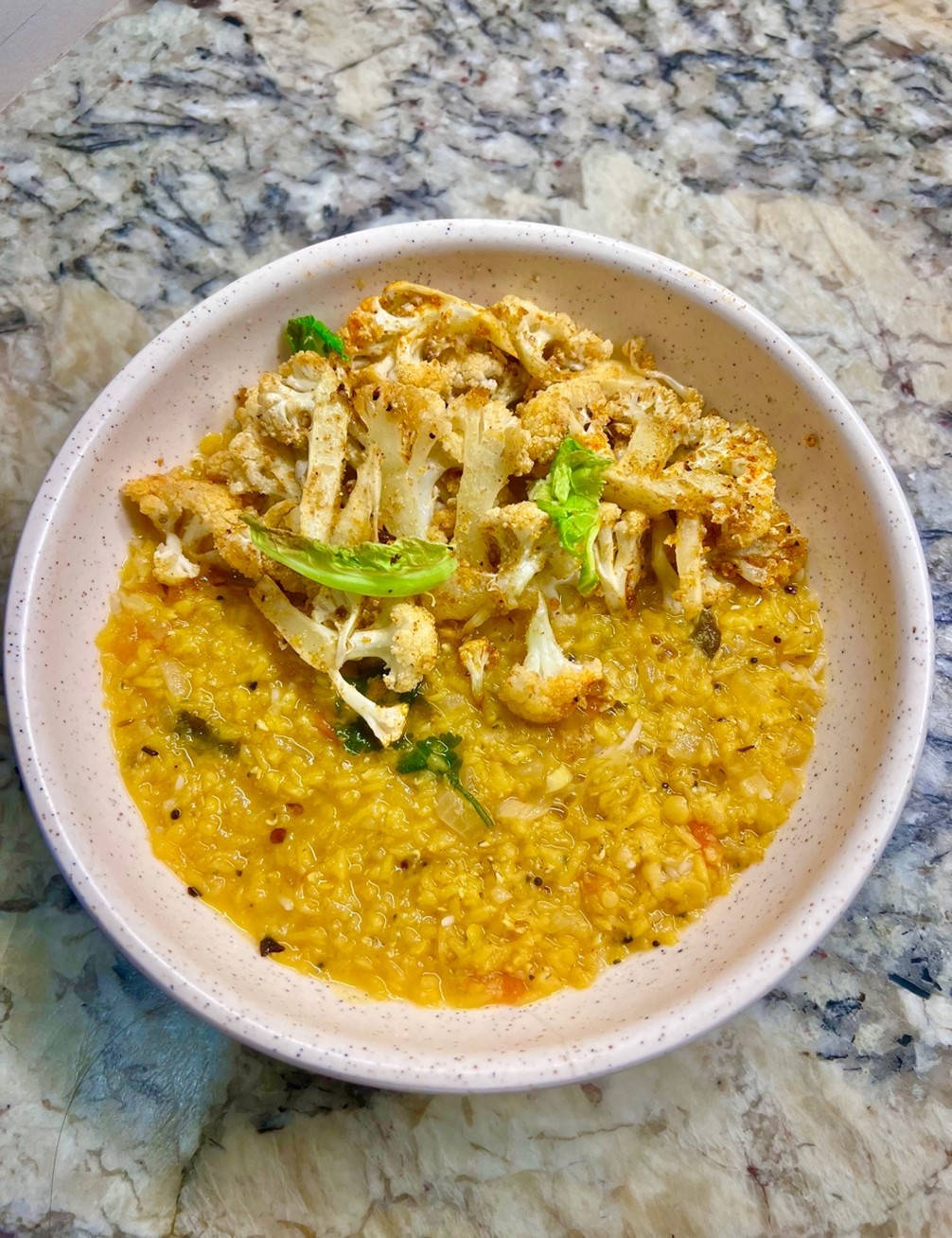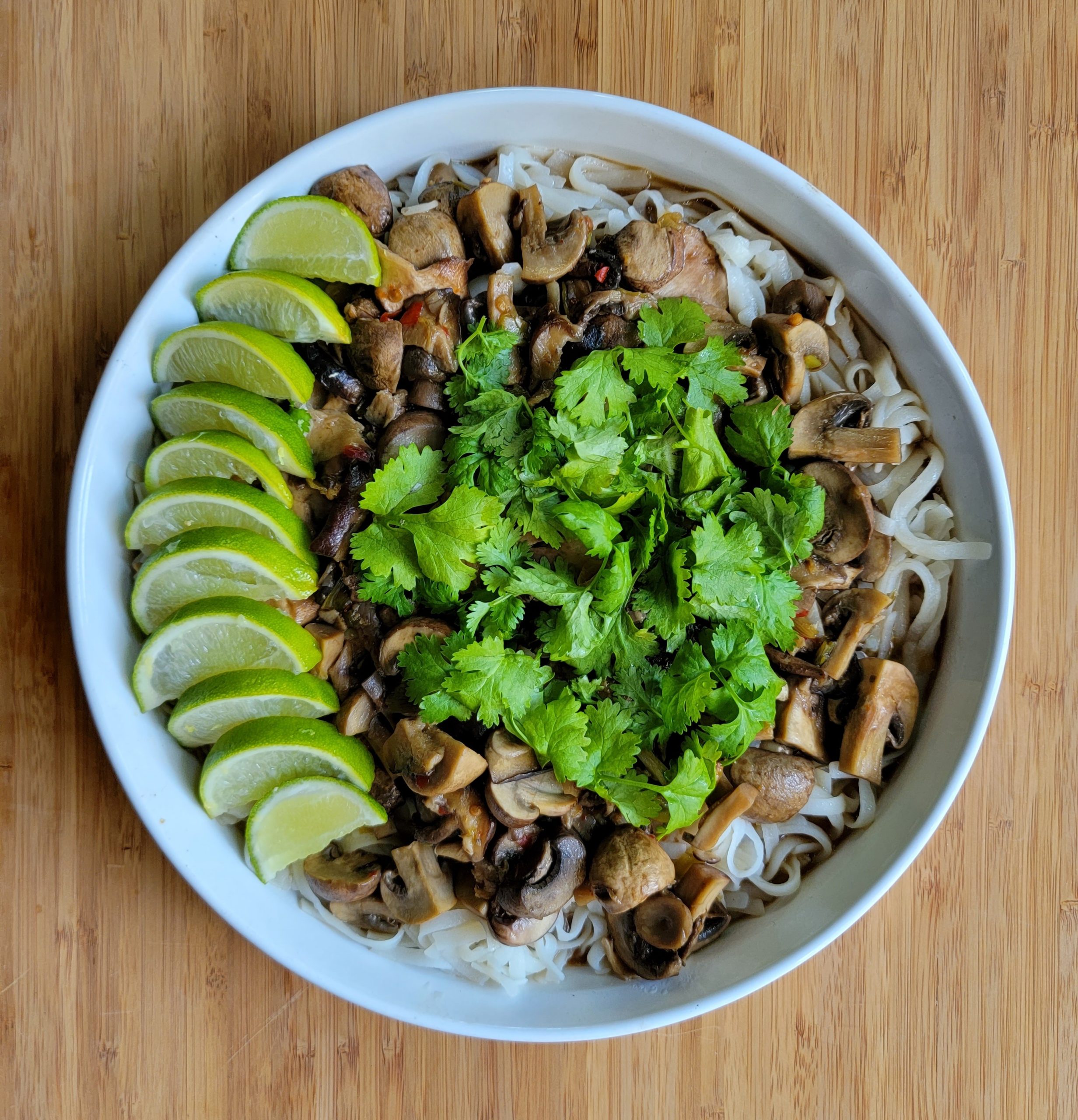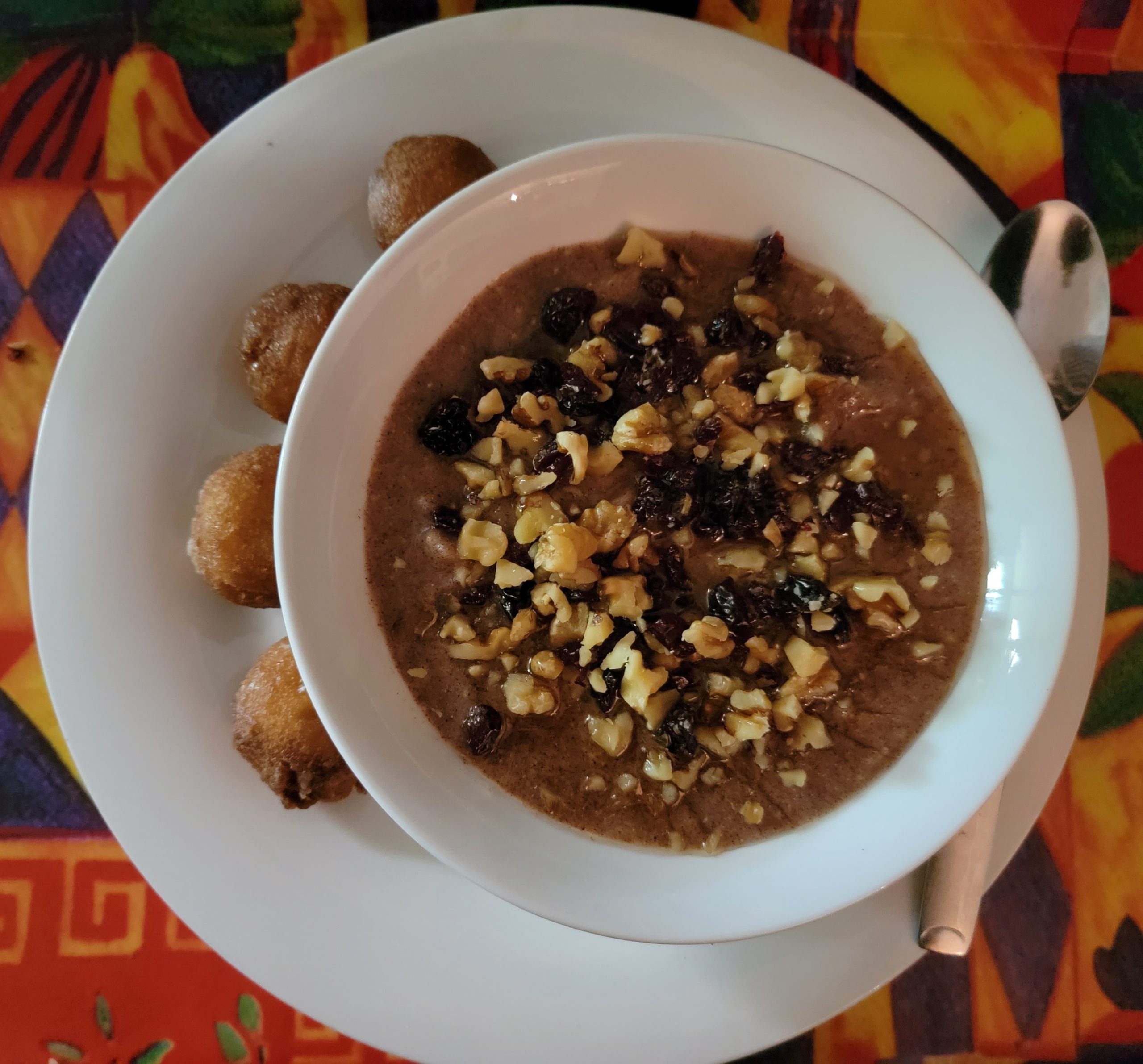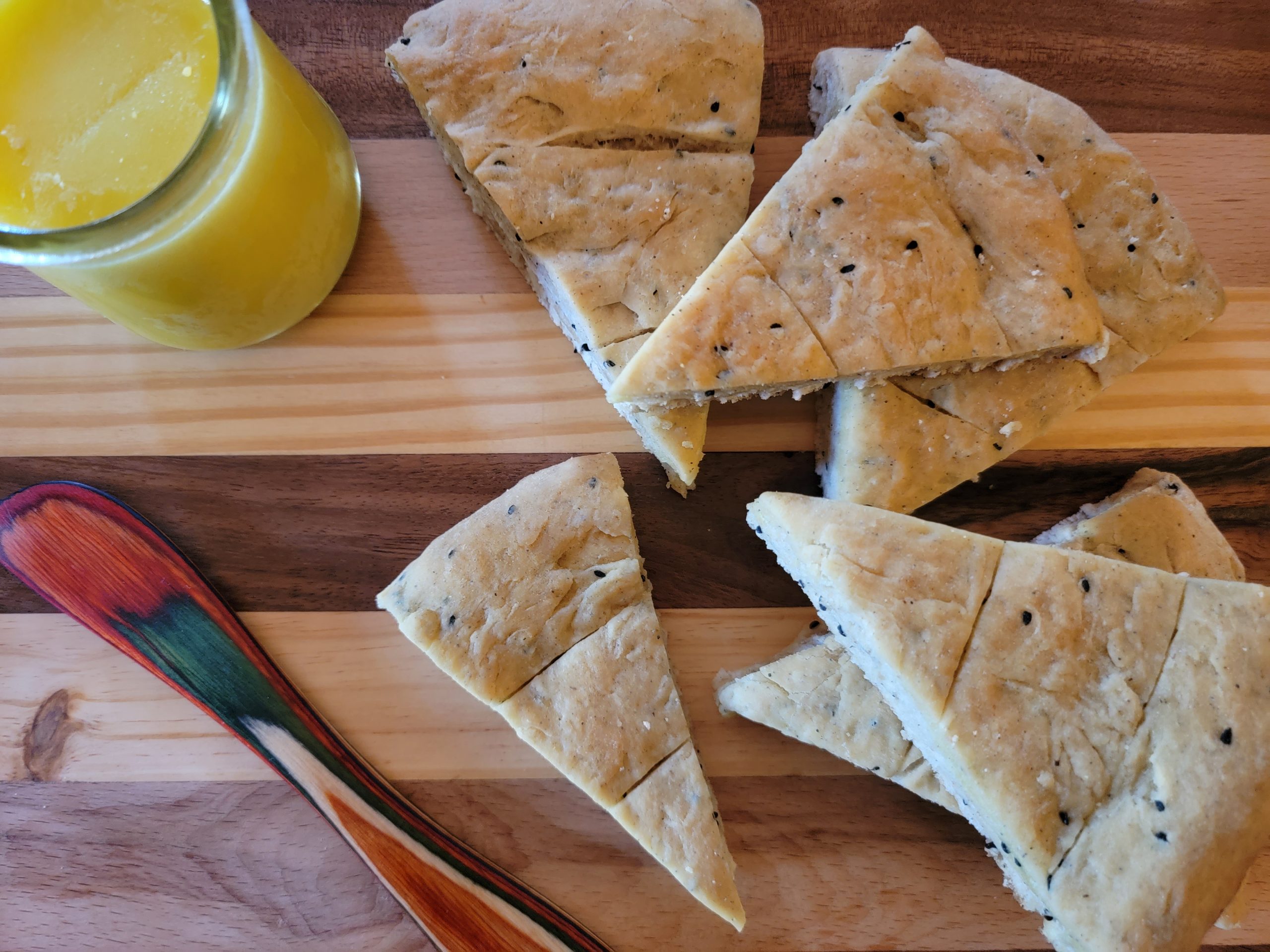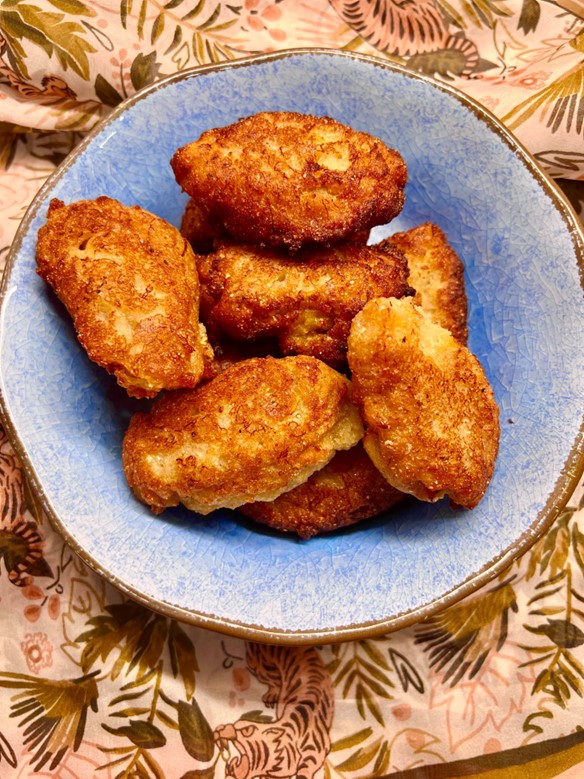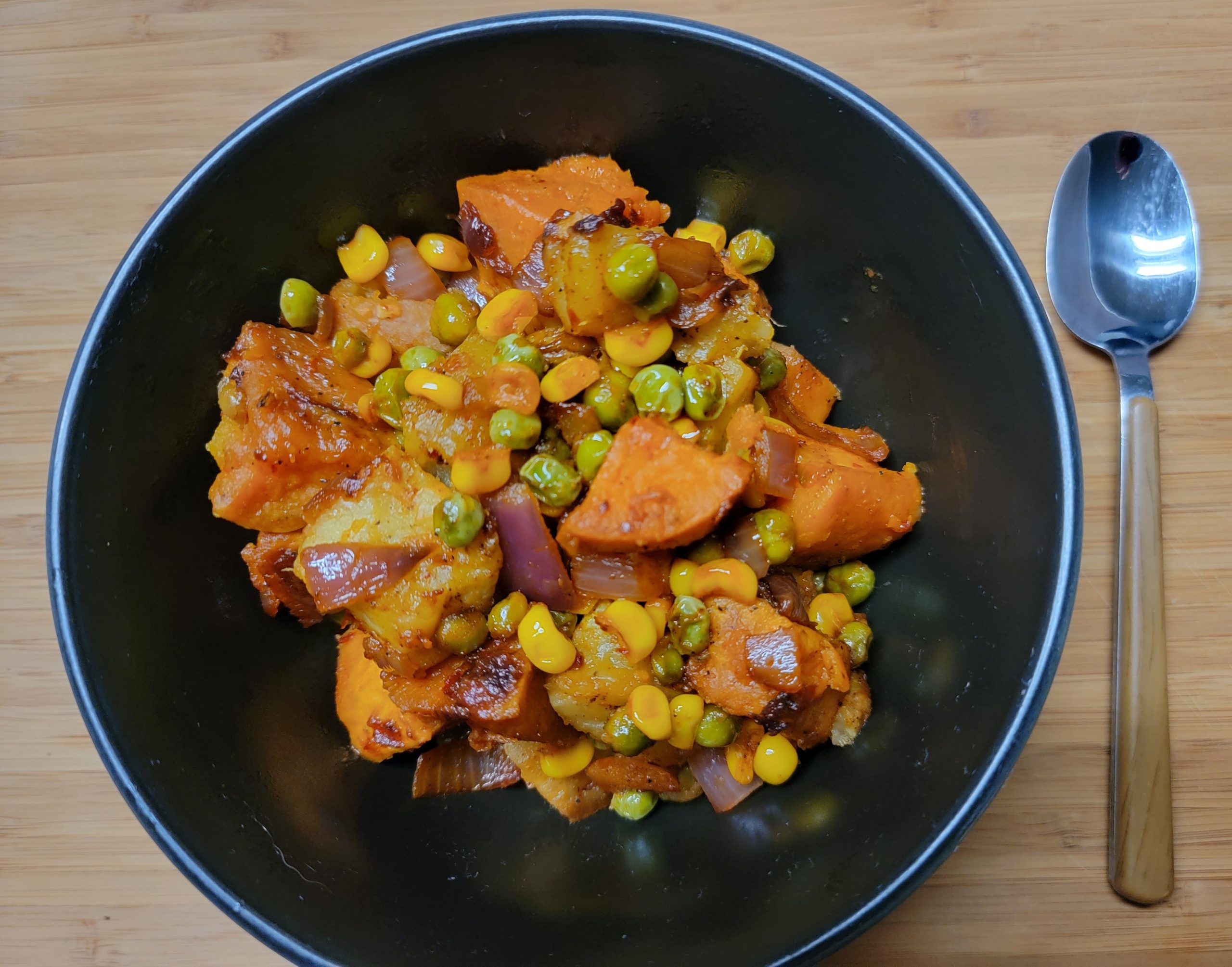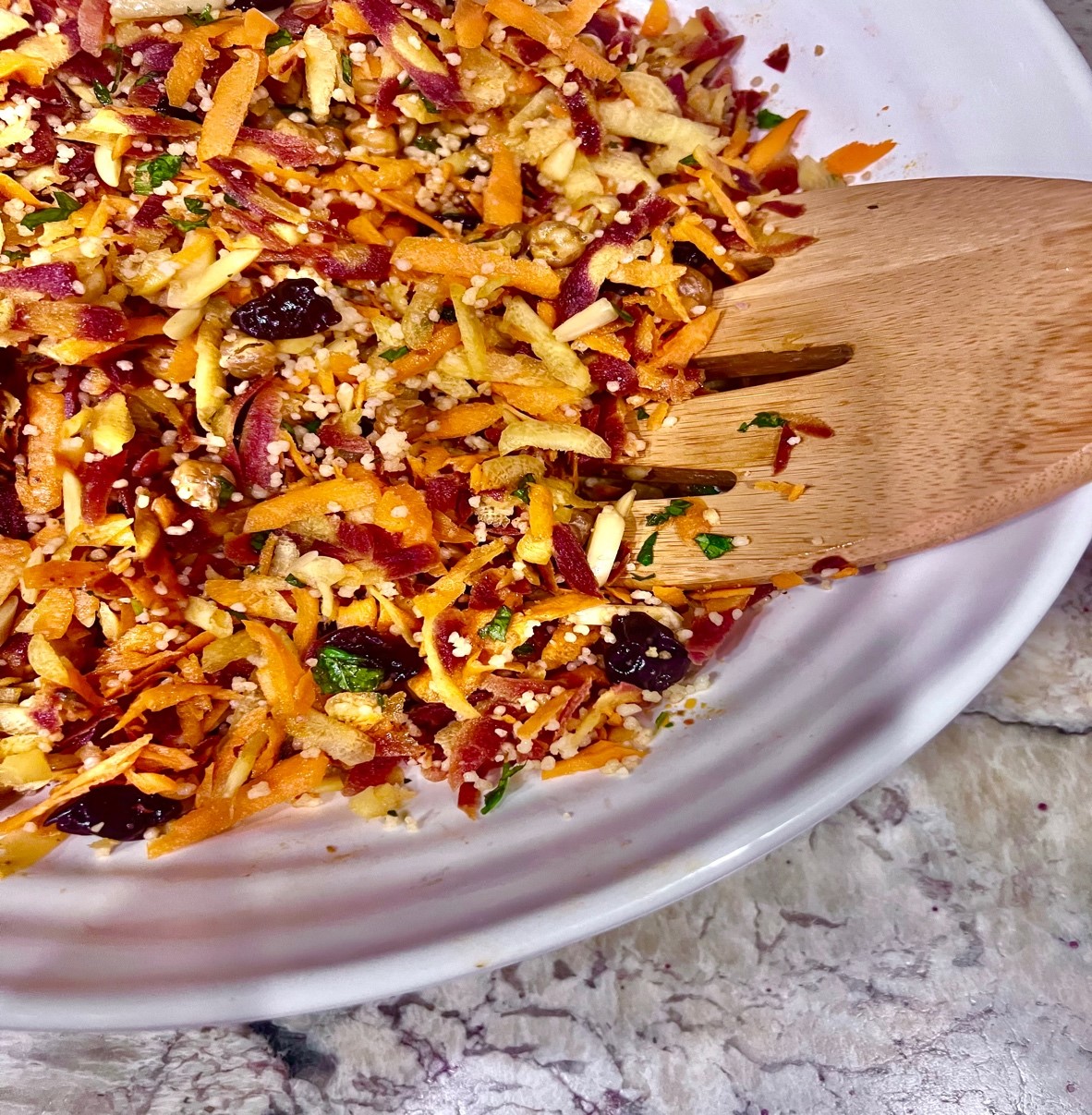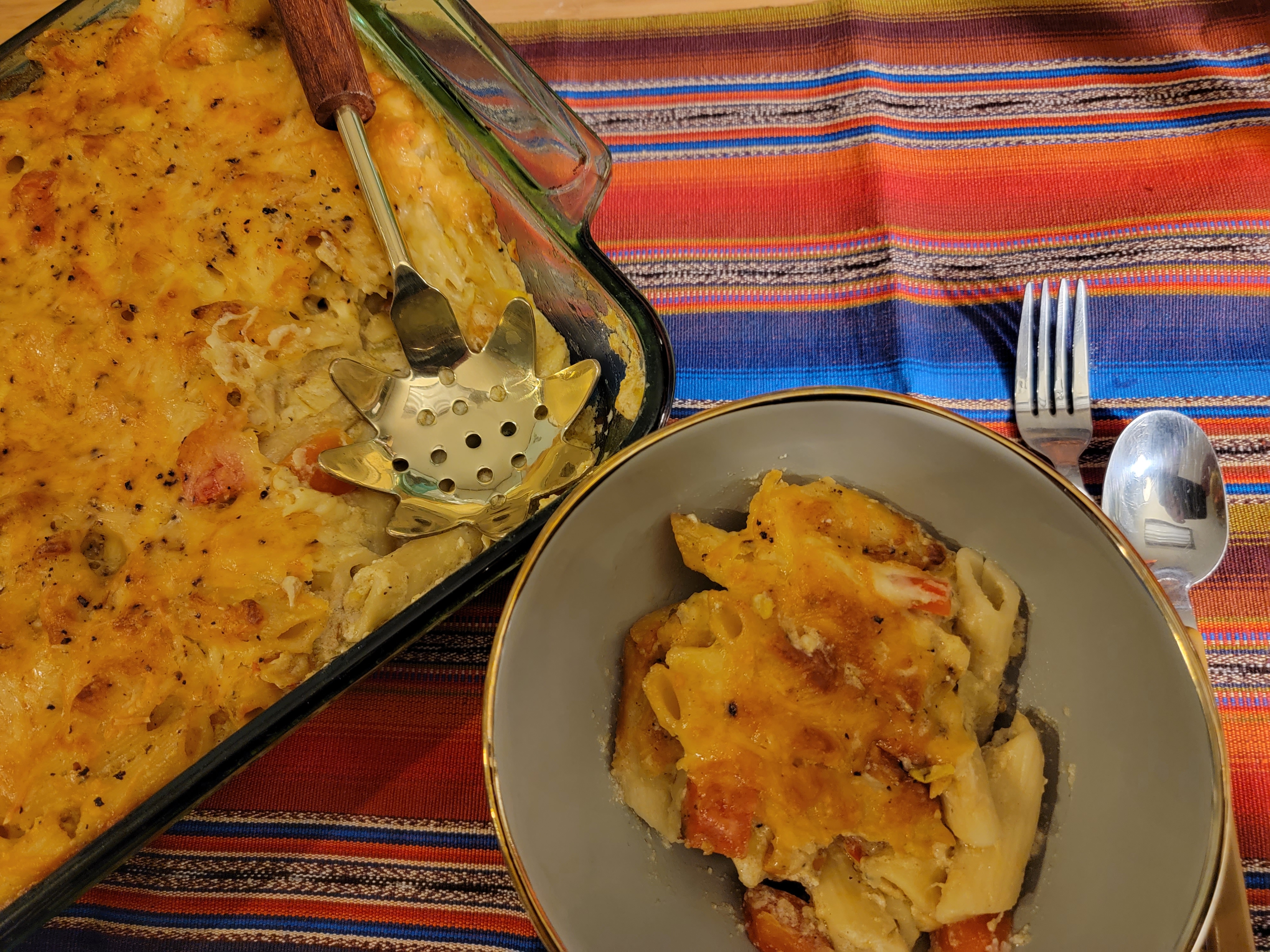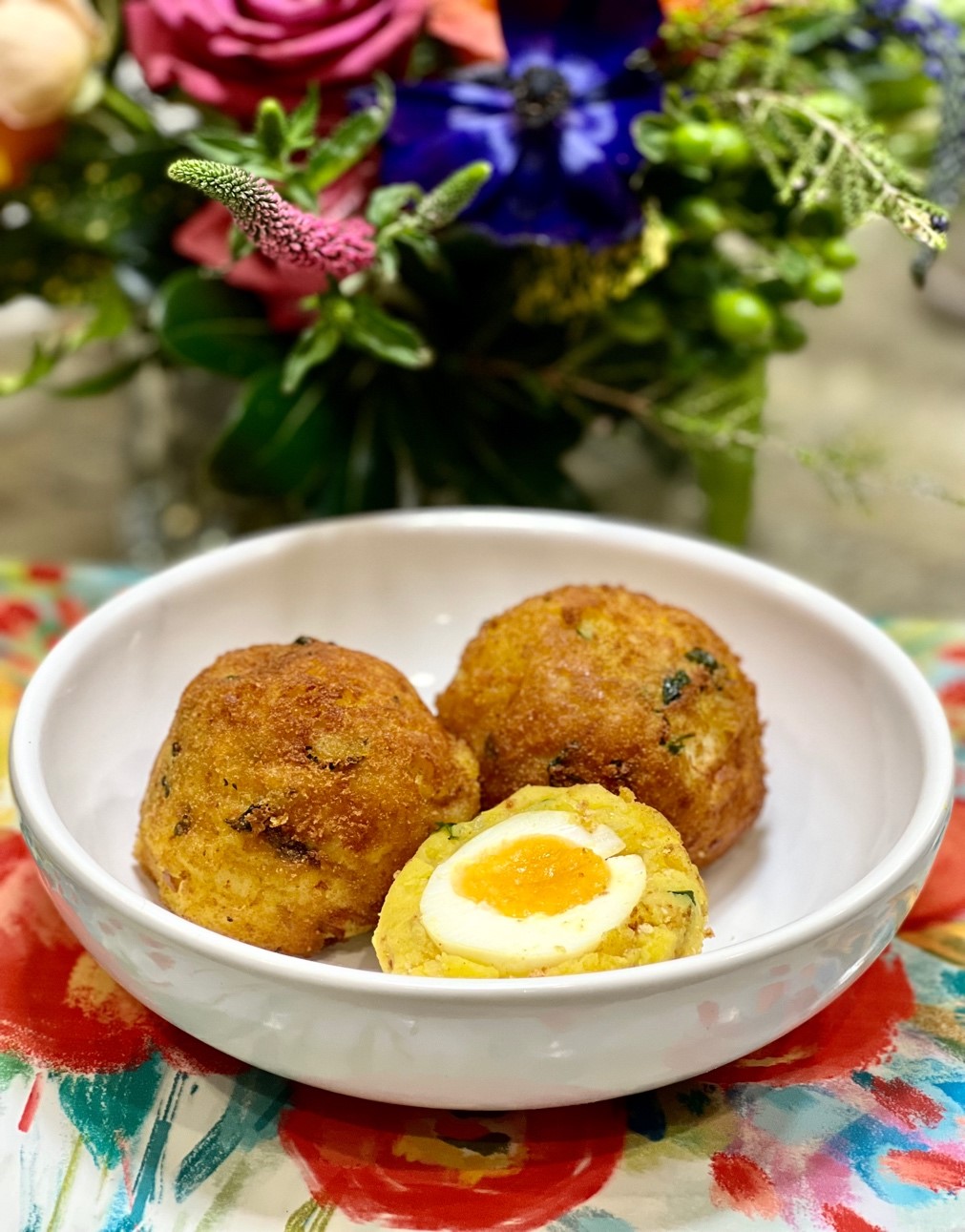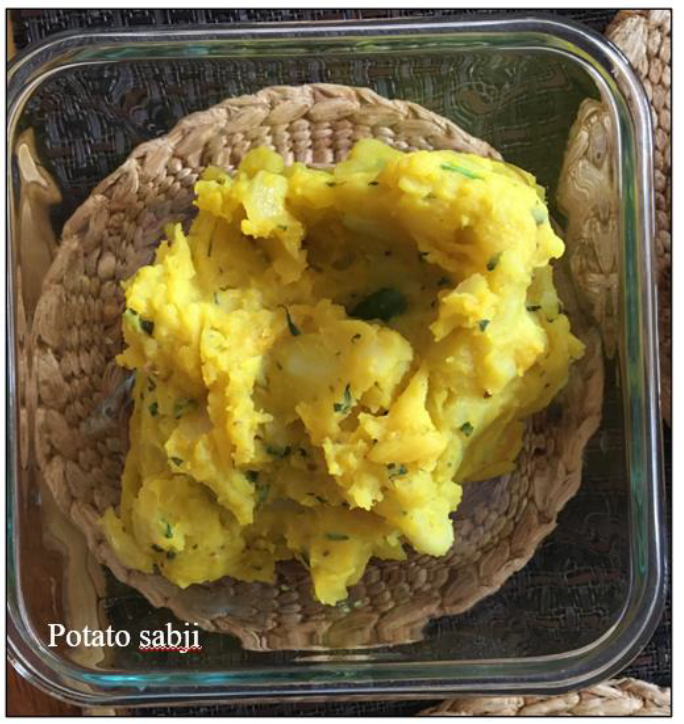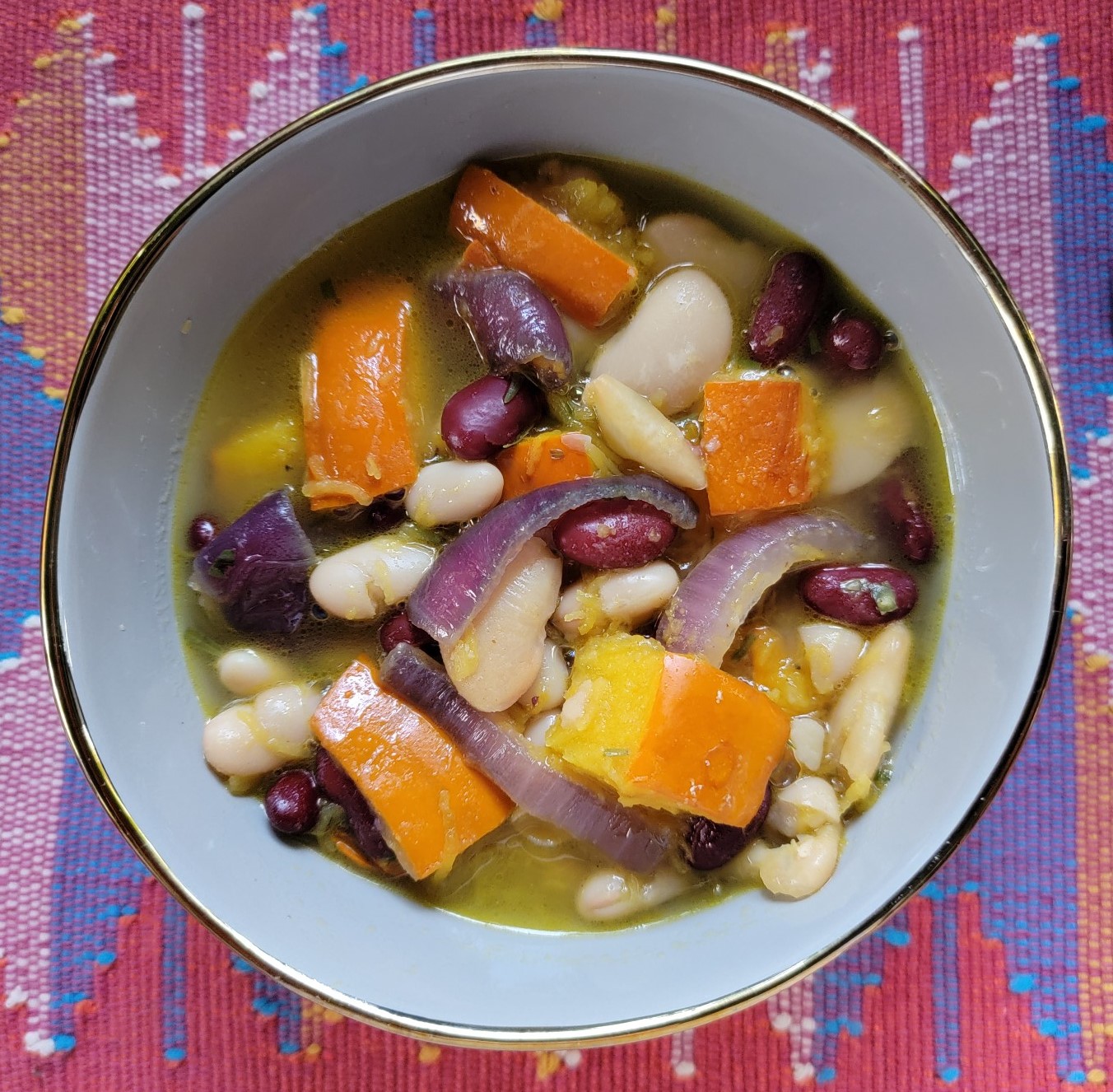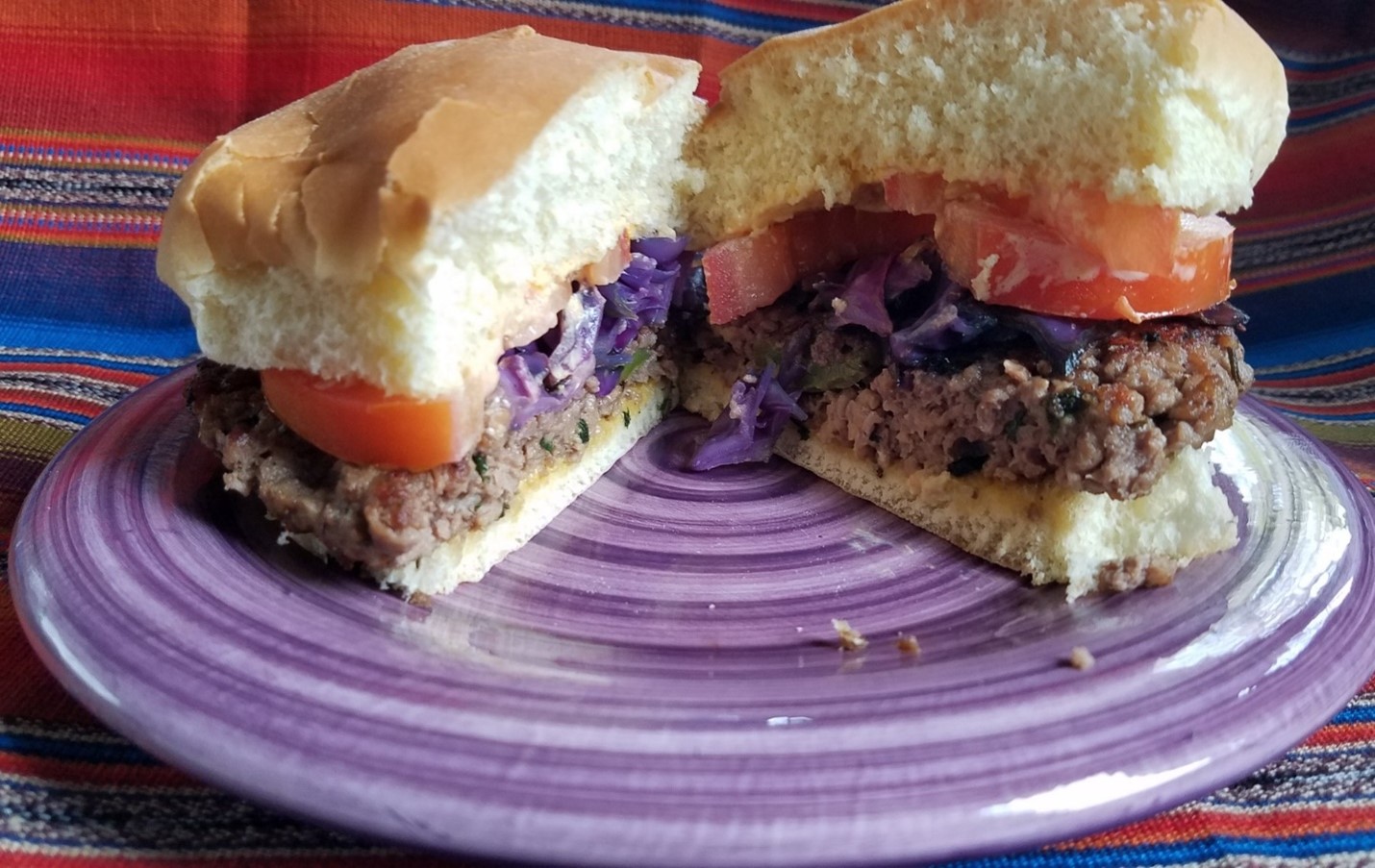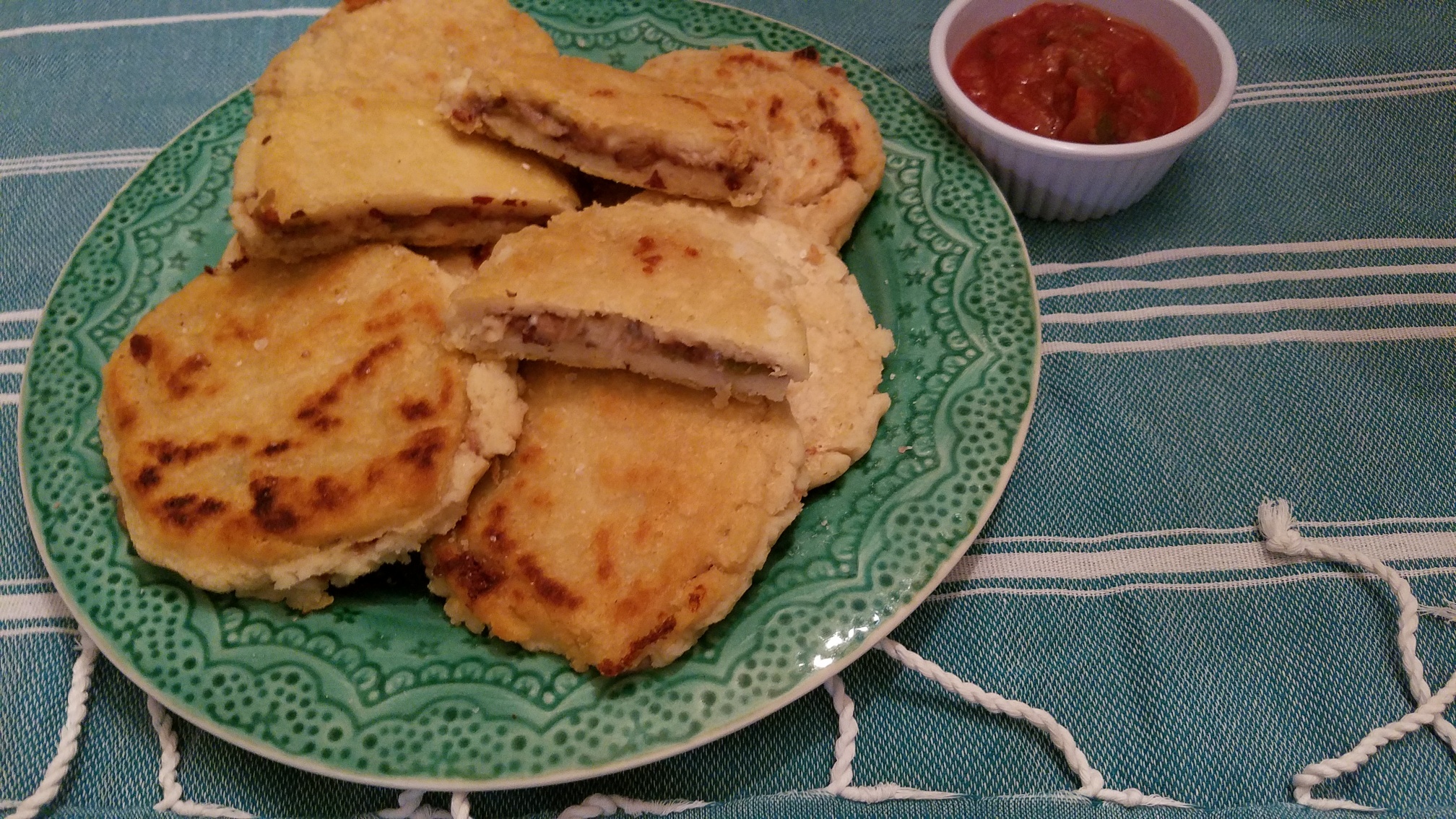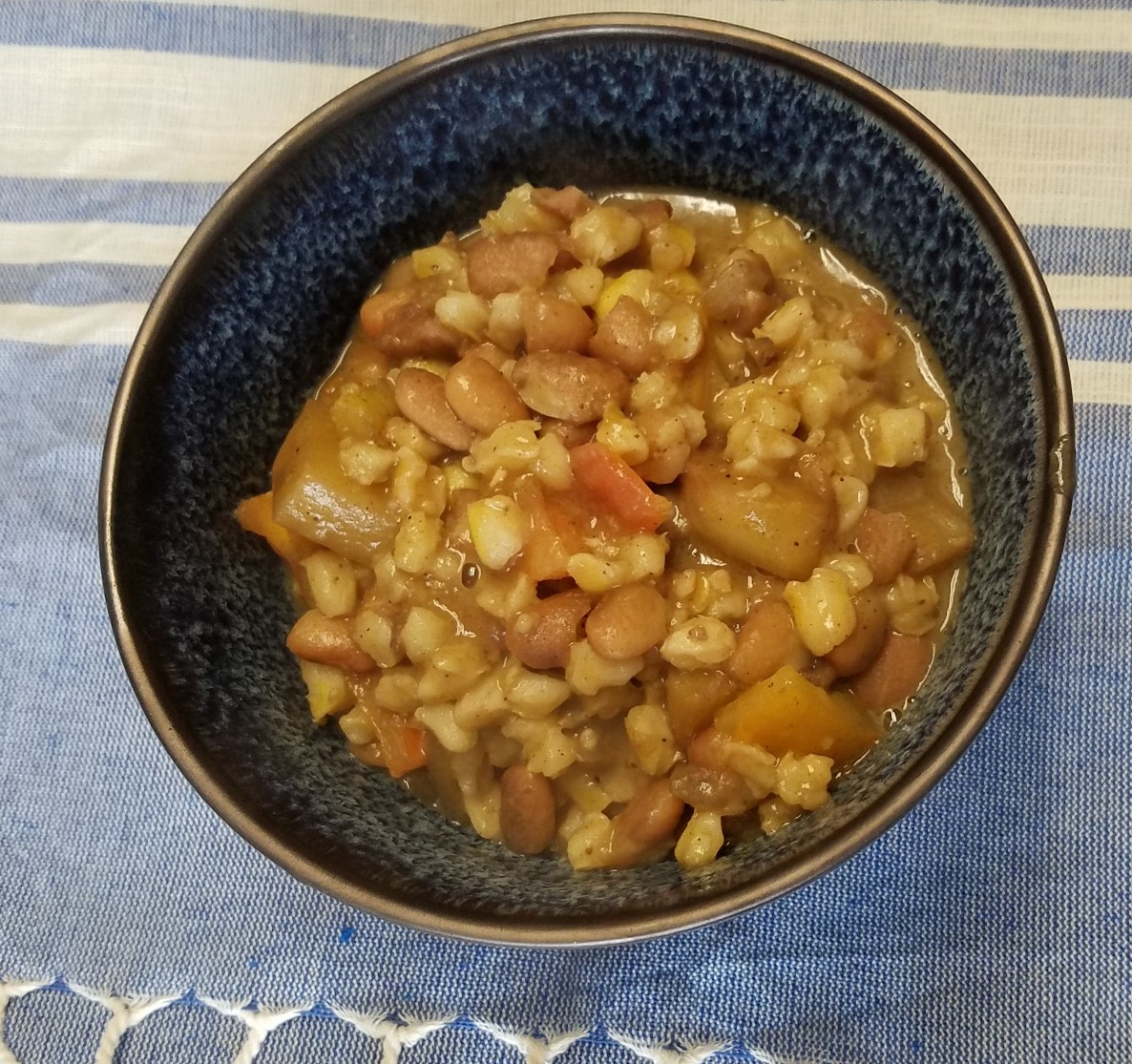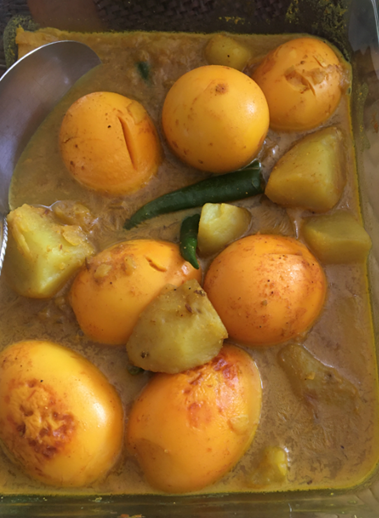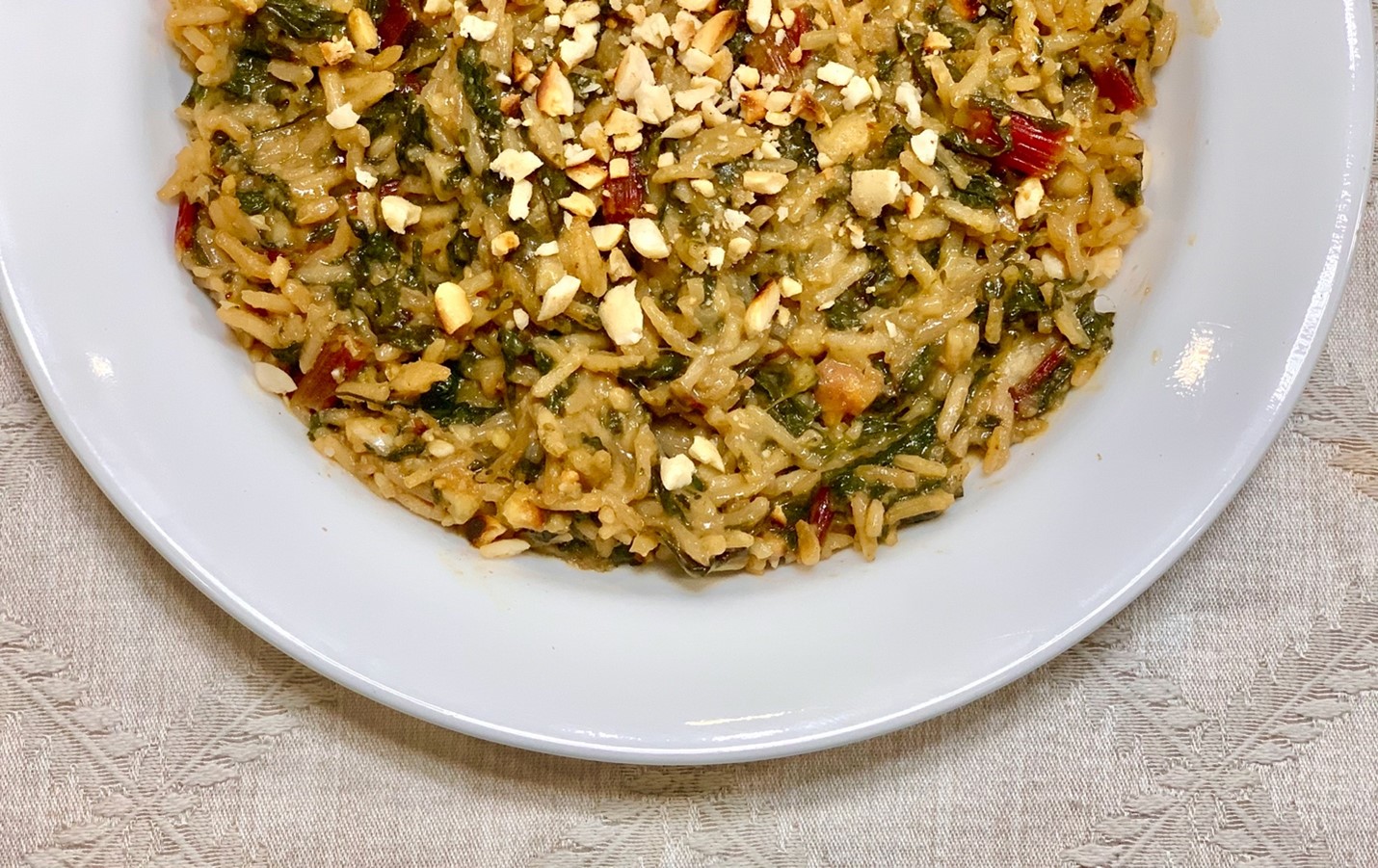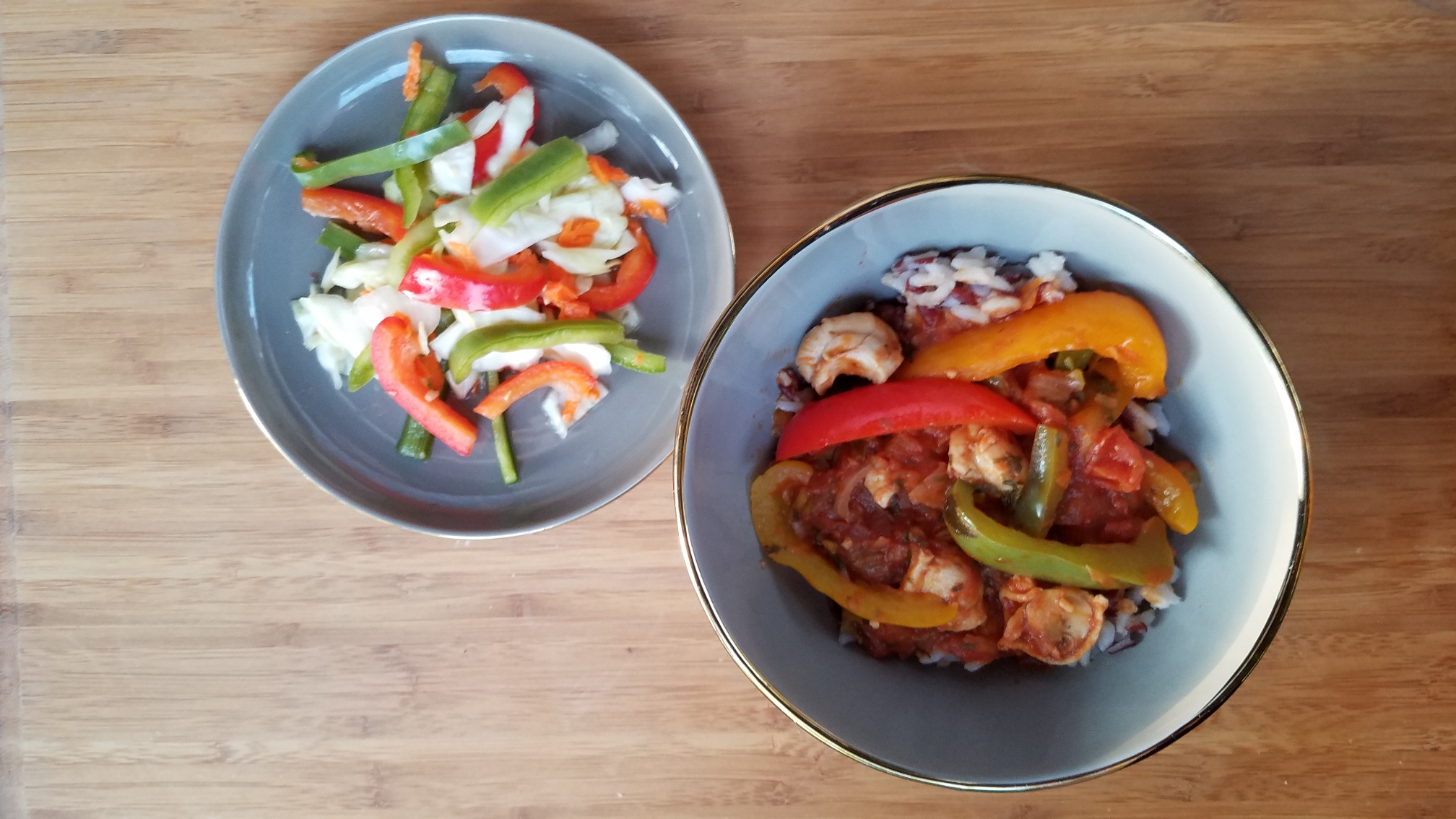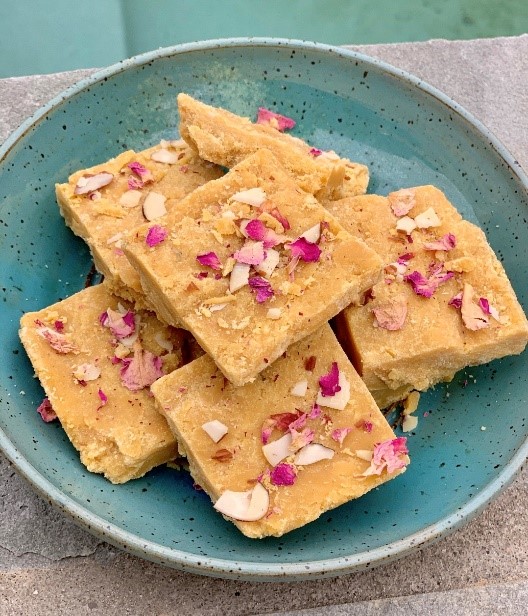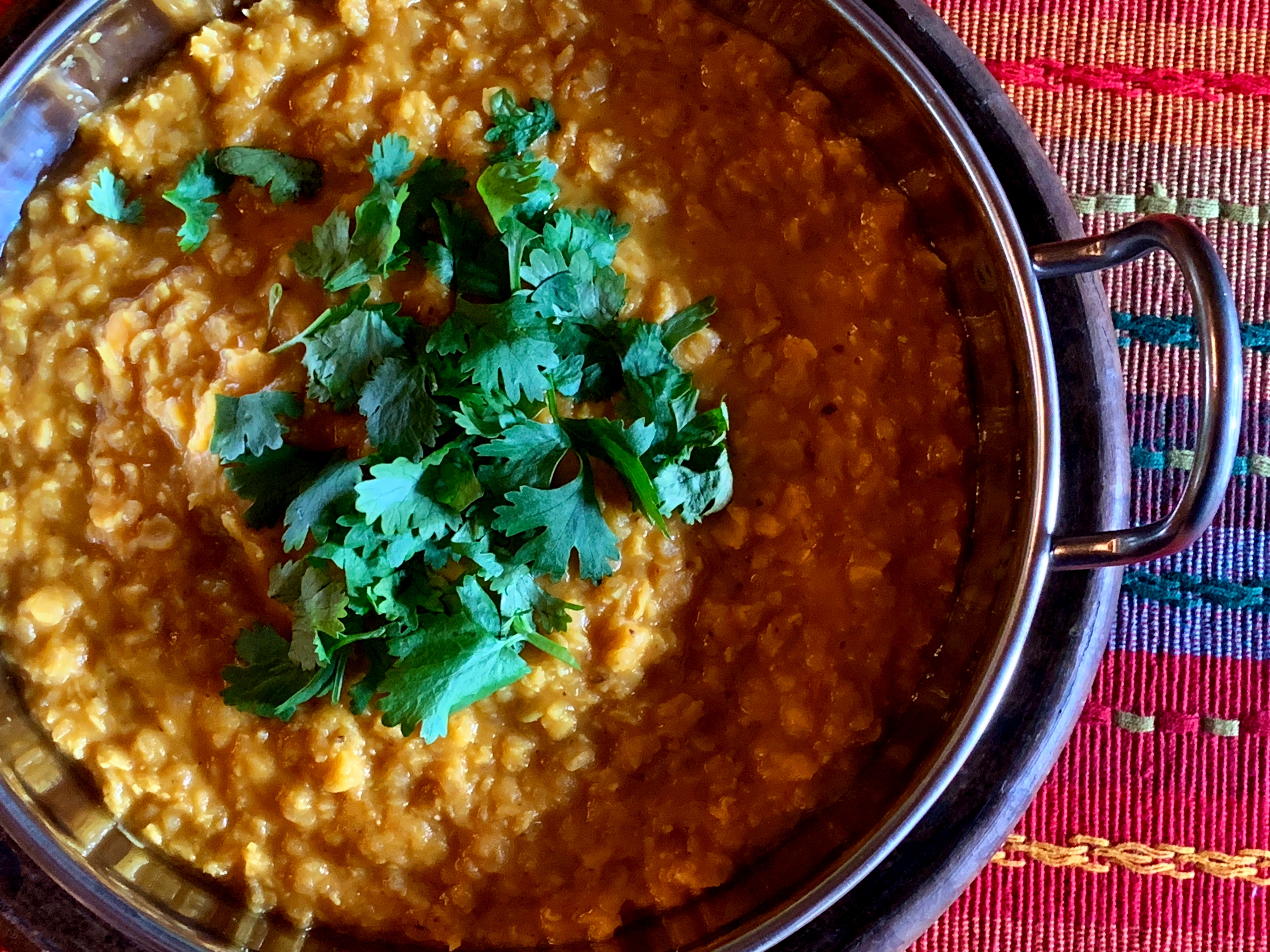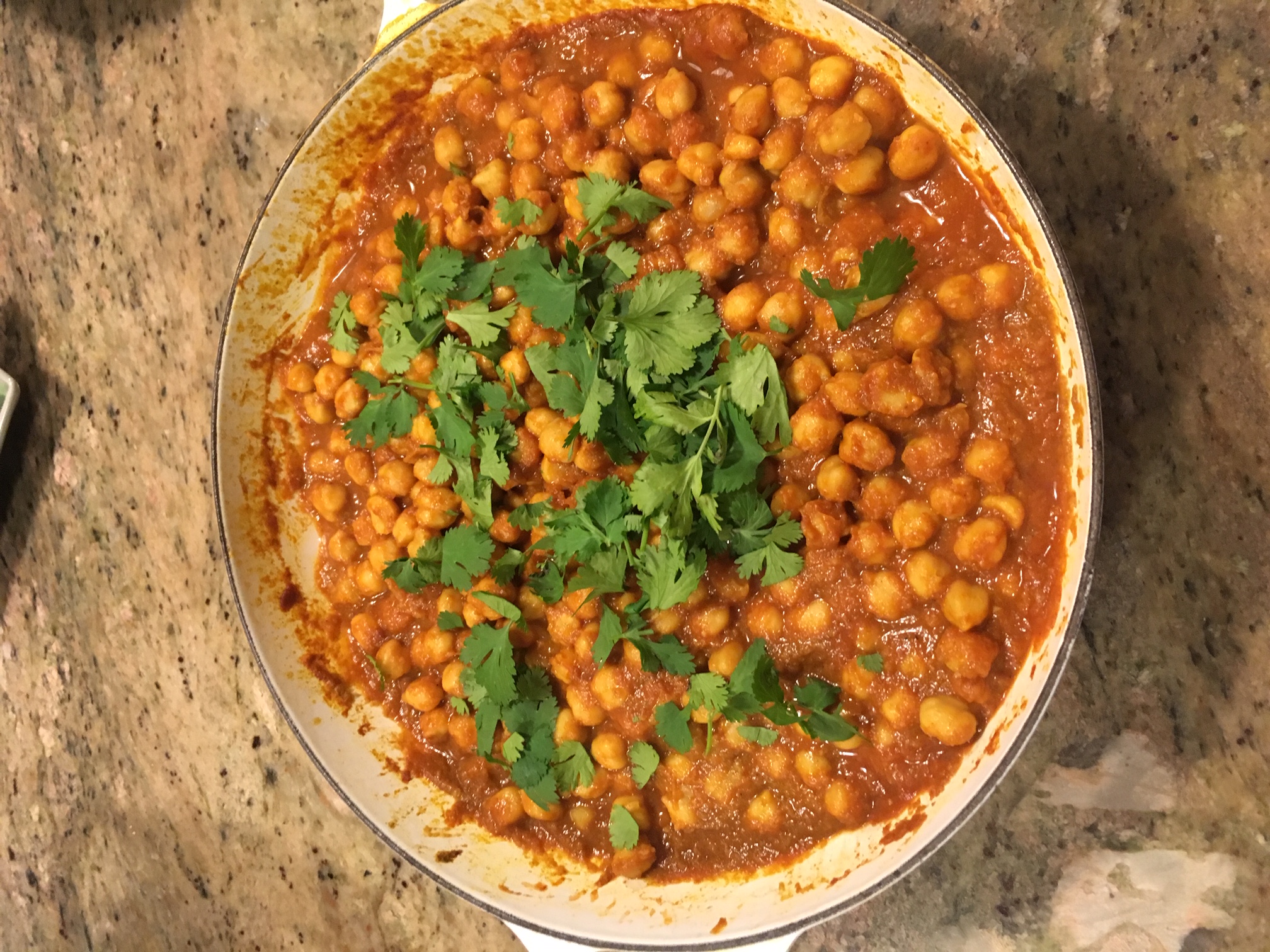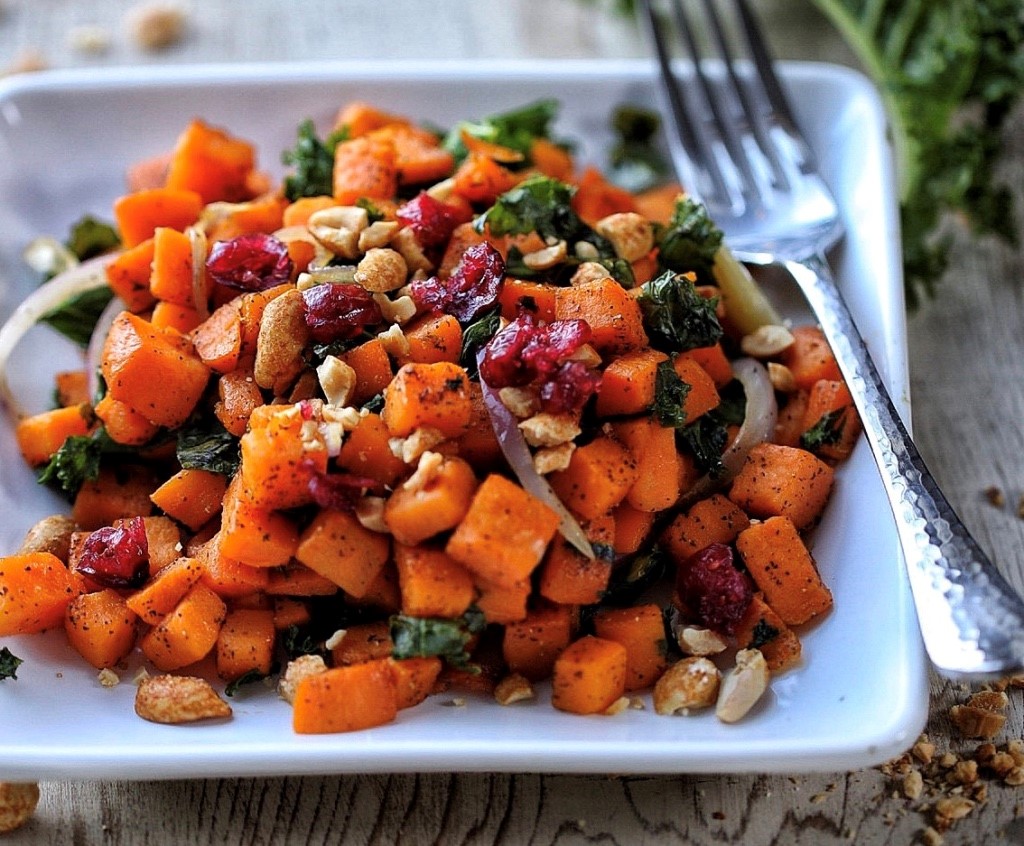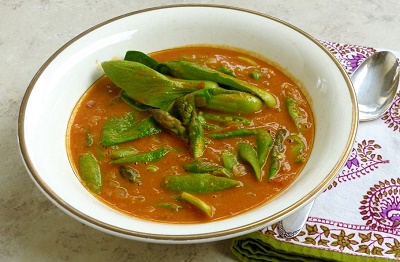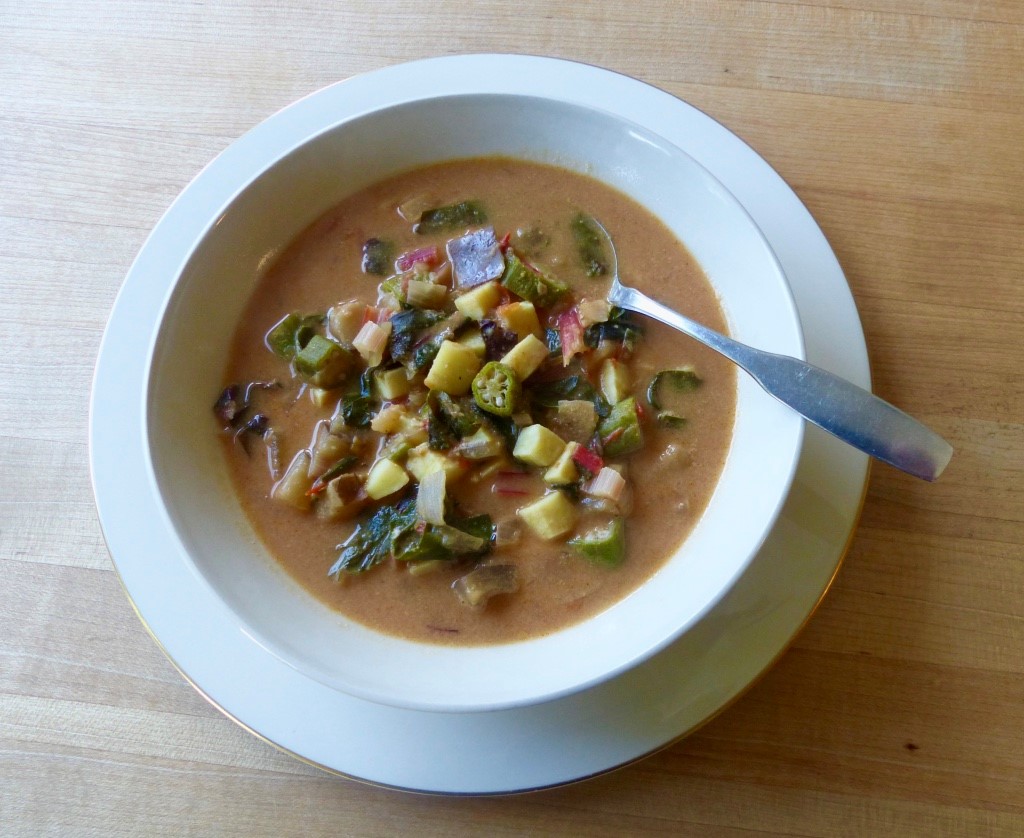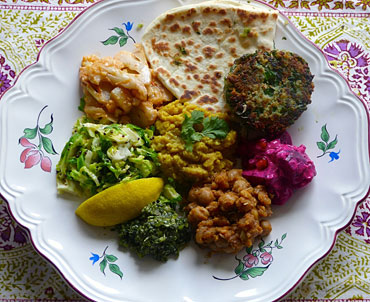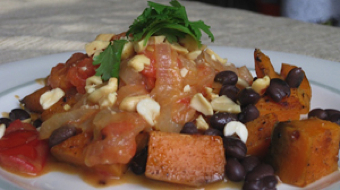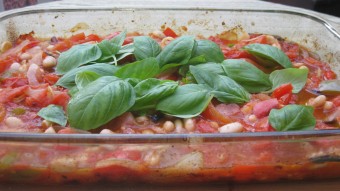Influened by its history and its geography, Bangladeshi cuisine is a rich and varied amalgam of Mughlai, Central Asian, Armenian, Persian, and Indian culinary traditions. Like many countries in Asia, rice is the staple grain. The protein of choice is fish. The dish featured this month, Masoor Dal Chorchori, is a vegan, gluten-free dish found in the kitchens of Bangladesh and its neighbor, India. In the Bangaldeshi avatar, the oil that is traditionally used is mustard oil. A distinguishing feature of the Bangladeshi dish is the addition of the mix of spices known as “Panch Phoran” (also called panch phoron or paanch phoron). Panch Phoran literally translates to “five spices” and is a spice blend commonly used in Bangladeshi cuisine. It consists of the following whole spices: cumin, brown mustard, fenugreek, nigella, and fennel. To keep the dish traditional, we will be using mustard oil. If you do not have access to mustard oil, you could substitute with avocado oil which has a high smoke point, an essential quality for “tempering.” Tempering is a technique used in South East Asian cooking that involves “blooming” whole spices in oil so the spices perfume the oil and deepen the flavor. The tempered oil and spices are typically added to the cooked dish while both are still hot to infuse the flavors into the dish. Watch for splatters when tempering and adding to the cooked lentils/dal! Details


